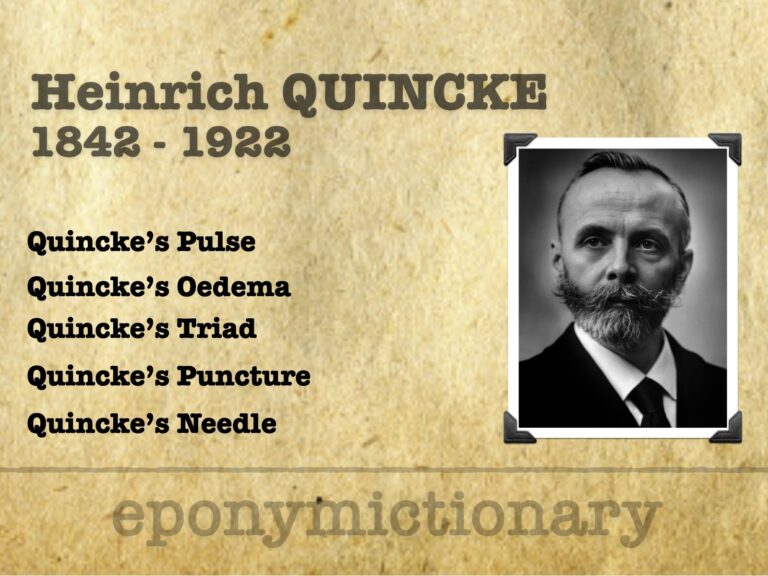
Heinrich Quincke
German physician Heinrich Quincke (1842–1922) pioneered lumbar puncture and described Quincke’s pulse, oedema, triad, and more thus shaping modern clinical medicine

German physician Heinrich Quincke (1842–1922) pioneered lumbar puncture and described Quincke’s pulse, oedema, triad, and more thus shaping modern clinical medicine

Carl Gerhardt (1833–1902), German internist and paediatric pioneer, described Gerhardt’s sign and advanced diagnostics, paediatrics, and laryngology
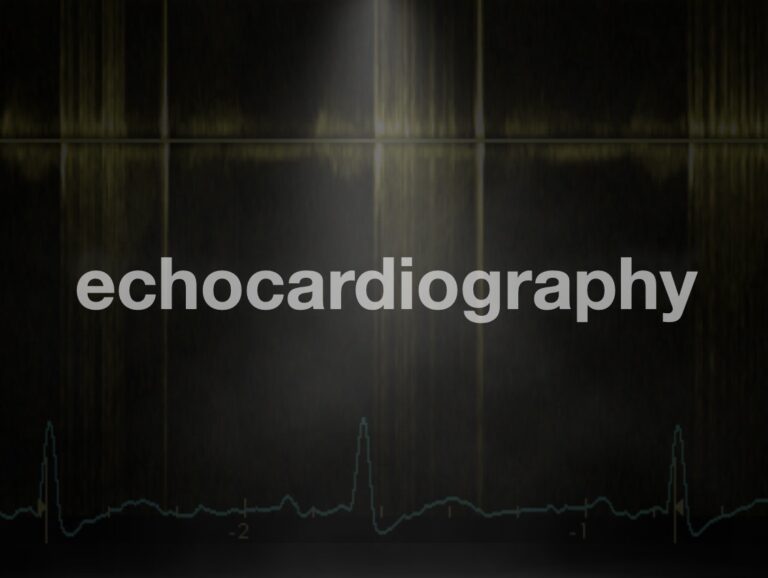
Understand and identify aortic regurgitation. Learn how to identify and grade aortic regurgitation gradient using measurements and visual clues and quantify aortic regurgitation.
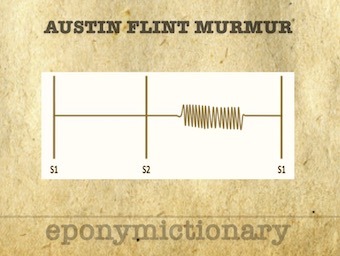
Austin Flint Murmur: Mid diastolic, low pitch rumble heard best at the apex. Absence of opening snap/loud S1 distinguishes from that of mitral stenosis

Helen Rimington: Assessing aortic regurgitation and recognizing haemodynamically significant aortic regurgitation using transthoracic echo with MedMastery

Michele Landolfi (1878 - 1959) medico italiano. Phonacoscopy (1906) Landolfi sign in severe aortic regurgitation (1909)
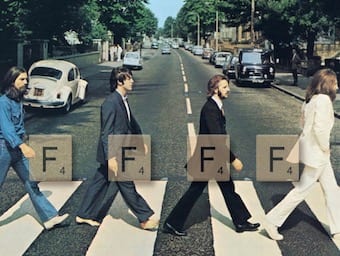
Funtabulously Frivolous Friday Five 317 - Just when you thought your brain could unwind the medical trivia FFFF
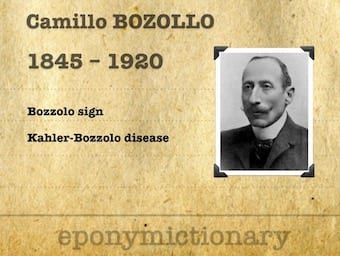
Camillo Bozzolo (1845-1920) was an Italian pathologist and physician. Bozzolo sign (1887) Visible pulsation of the arteries within the nasal mucosa.
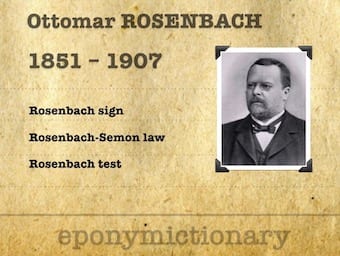
Ottomar Ernst Felix Rosenbach (1851 - 1907) was a German physician. Rosenbach sign of aortic regurgitation (1878), Rosenbach sign of autoimmune hyperthyroidism, Rosenbach-Semon Law (1880), and Rosenbach test (1880).

Austin Flint (1812-1886) American Physician. Eponym - mid-diastolic aortic regurgitant murmur heard at the apex - Austin Flint Murmur 1862

Arthur Bond Cecil (1885 - 1967) was an American surgeon and urologist. Cole-Cecil murmur (1908) of aortic regurgitation; Cecil operation (1946) for hypospadias repair.
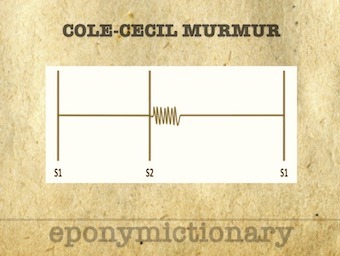
Early diastolic murmur of aortic insufficiency radiating with axillary radiation. (1908) Cole and Cecil examined 17 patients with provisonal diagnosis of aortic insufficiency and mapped the site of maximal intensity and axillary radiation of the early diastolic murmur.Early diastolic murmur of aortic insufficiency radiating with axillary radiation.